Topics:
Never Miss a Beat - Get Updates Direct to Your Inbox
FILTER:


How to Use Marketing Intelligence To Drastically Lower Your CPA
By Quiet Light
Few things are more complex in online business right now than paid advertising.
Social, search, top of funnel, bottom of funnel, new platforms, lookalike audiences, long-tail keywords, branded keywords…
For a business owner, it can feel like several full-time jobs to keep up with it all.
Plus, things change quickly.
With new artificial intelligence capabilities added to the mix, advertising becomes vastly more powerful.
That’s exciting, but it’s also making it harder to compete.


Listen to the Source of this Post:
This episode is based on a podcast episode that we recently recorded. Listen to the full episode here:
When CEO and founder Patrick McKenna mentioned this week that his company’s ad technology has cut Cost Per Aquisition for clients by 80%, I envisioned ecomm business owners everywhere stopping in their tracks.
McKenna’s company, Strike Social – a sort of hybrid marketing agency/SaaS company – jumped onto Forbes’ 500 Fastest Growing Companies in the US list at #17 in 2017 after just 3 years in business.
What are they doing with paid social and search to have this kind of growth?
How exactly are they getting these results with CPA?


Here’s an overview of their formula in broad terms:
- Get the right products in front of the right audience with highly tested/targeted paid ads.
- Cut back your CPA drastically using the power of artificial intelligence.
- Use the inflow of capital to scale the ads that work.
- Keep up with the new demand on your inventory by lining up financing.
Whether you handle paid ads yourself or hire an agency, in this post we’ll take a look at AI’s influence on paid advertising and what you can learn from it to lower your CPA.
How Artificial Intelligence is Changing the Ad Game
Lower Your CPA by Giving Customers What They Want
Lower Your CPA with Facebook Ads
Once You Get This Right, Then What?
How Artificial Intelligence is Changing the Ad Game


On the heels of the GDPR’s recent roll-out, we’re seeing one major trend when it comes to online audiences – putting more control into the hands of the consumer.
Consumers are demanding it, not just over their own data, but over their online experiences in general and their online experiences with ads in particular.
Enter artificial intelligence.
As Ben Lamm pointed out in a recent article in adweek, “Connected customers expect to be heard, understood and respected, not fed best-guess mass advertising.”
AI’s got you.
Also known as machine learning, AI’s genius is in continuously getting to know your customers, their interests and habits, catering to them and finding more like them.
In the world of knowing what customers want and giving it to them, we all got a leg up when AI came onto the scene.
Here’s a brief timeline of AI’s development in marketing:
1998 – Amazon began using “collaborative filtering” to recommend books to its customers.
2013 – Yahoo’s Automated Insights produced 300 million pieces of computer generated content by mining daily sports data.
2014 – Programmatic (or AI) ad buying came onto the scene with a vengeance.
2015 – Google introduced its artificial intelligence algorithm, RankBrain.
2016 – AI powered chatbots began responding to customer requests on platforms like Facebook Messenger, Slack, and WhatsApp.
Fast forward to today when programmatic ad buying already makes up roughly ¾ of all video ad buys.
AI is not going away; the question now is how it can help you.


Lower Your CPA by Giving Customers What They Want
Lowering your CPA is all about focusing your ad dollars in the exact places they’ll be most effective.
Think about the Pareto Principle.
Odds are that just 20% of your products drive the bulk of your revenue.
And 80% of your sales come from just 20% of your ad spend, and so on.
The trick is to stop spending 80% of your budget to promote the 80% of products that don’t increase profits the most.
Or stop spending it on the 80% of your current target audience where it’s not producing sales.
And that’s just the big picture.
By getting more and more granular, you can identify the exact demographics, platforms, and products that are driving results.
Then maximize your results and bring down CPA by focusing your budget where it counts.
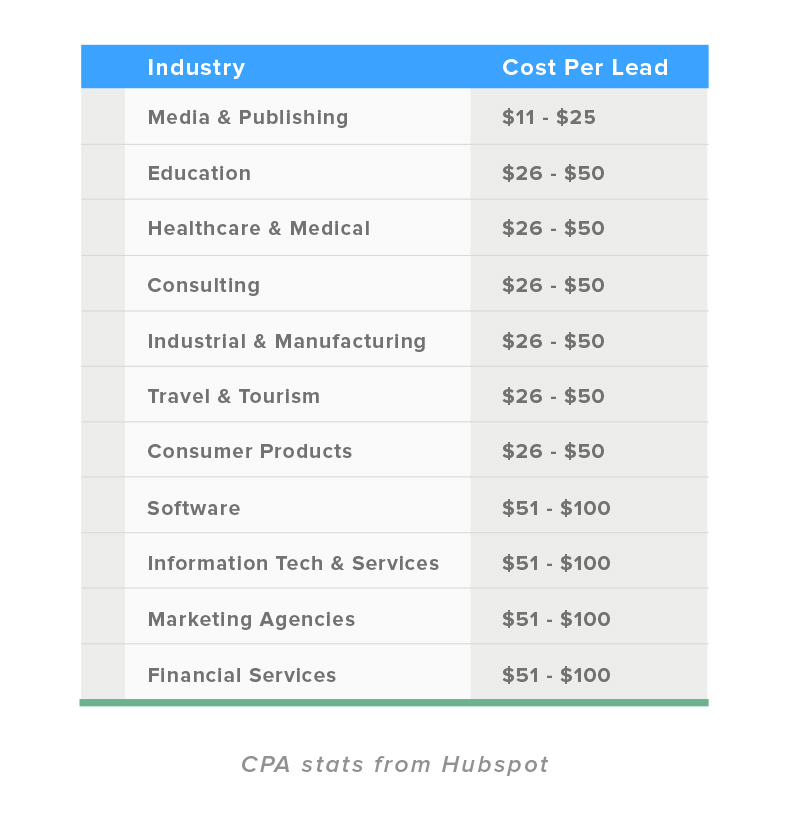

You’re probably already analyzing your data this way, but AI puts the whole process on steroids.
Why?
Because it allows you to run tests in bulk and at speed.
Where you might manually test a few dozen campaigns, software like Strike Social’s can test many thousands.
What does this make you really good at?
Showing customers the ads they actually want to see.
While meeting their expectations for personalized content and staying relevant.
And since AI is all about gaining knowledge and improving, when put to work on your ad strategy, it’s a match made in ecommerce heaven.
Starting with Adwords, let’s look at two parts of a typical ad strategy – one search and one social – and dive into a couple advanced strategies for each.


Lower Your CPA with Adwords
As I mentioned, the more granular you get with your campaigns, the better.
That’s how you bring Cost Per Acquisition down.
Two strategies to optimize ad spend in Adwords that AI excels at?
- multivariate testing
- advanced audience attribution
Multivariate Testing
While multivariate testing at scale is difficult to impossible without specialized software like Strike Social’s, you can take advantage of the concept on your own.
The goal of multivariate testing is to figure out which combination of variables perform best out of all possible combinations.
It’s similar to A/B split testing.
But while A/B testing tests one variable, multivariate testing tests multiple variables (two or more) to find the ideal combination.
When testing an audience, for instance, you might test two age groups and three geographic locations at the same time.
This would produce 6 combinations of attributes.
Multivariate testing can also apply to landing pages as well as the ads themselves.
For landing pages, you’ll benefit from a CRO platform like Optimizely, VWO, or Google Optimize to run tests and best analyze your results.
For ads, you can use Google’s Ad Variations feature to test versions of the same ad and find the ones that improve CTR.
Improved CTR will improve your Quality Score.
A higher Quality Score in turn will lower your CPA.
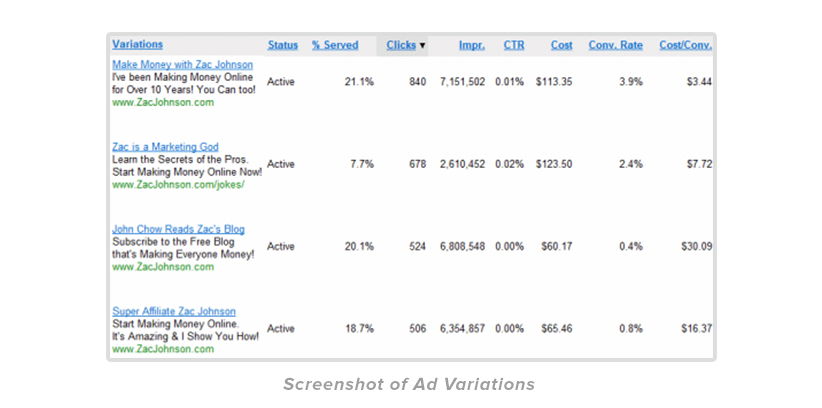

Audience Attribution
The beauty of powerful technology like Strike Social’s that utilizes AI is that it puts optimized ads in front of the right people more quickly.
Again, that’s money saved.
One of the ways advanced marketing technology achieves that goal is through audience attribution.
I think of it as the motherload of marketing data.
It’s where the two P’s come together: performance and profile.
In our brave new omni-channel world, a customer’s path to purchase your product is no longer a linear one.
Customer A might click on your ad in Facebook, but then leave Facebook, search your brand in YouTube, watch your video, and then Google one of your products before ultimately landing on your site and making a purchase.
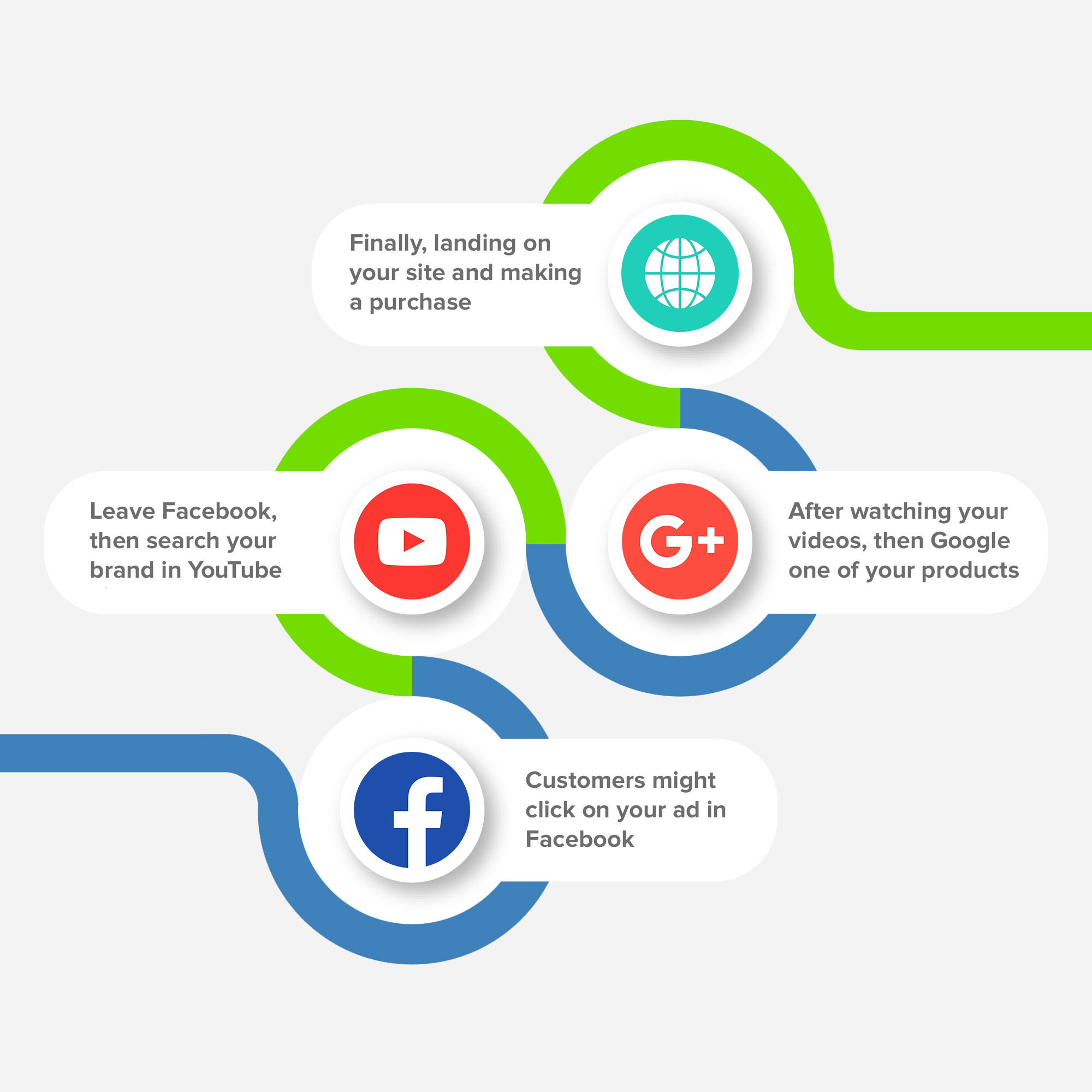

Basically, audience attribution data gives you detailed information about what channels and messages (performance) are influencing which audience segment (profile) and exactly how (performance).
Can it get any more thorough?
Or complicated?
Probably.
What audience attribution intelligence excels at is helping you create personalized customer experiences across multiple devices and across time.
And that’s exactly what your customers are coming to expect.
Once you see clearly what influences your audience behavior, you can better tailor your messages in Adwords for each segment to suit their precise and immediate needs.
And more easily reach similar audiences as well.
Sound like magic?
It’s the magic of big data.
Lower Your CPA with Facebook Ads
Multivariate testing and audience attribution are not just for Adwords.
The same strategies work for Facebook campaigns, but with a Facebook twist.
Even as the line between search and social seems to blur more every day, one main difference that still sets Facebook apart from Google search is user intent.
Unlike the seek-and-find behavior of a Google user, the behavior of a Facebook user can still be characterized largely as “browsing.”
Facebook users (1.3 billion daily) expect great content and are driven by interest.
And while Facebook (and by extension Instagram) has extensive demographic targeting capabilities, its ability to target interests sets it apart from the other platforms.
The AI-inspired strategy of getting to know your customer and what influences them at the most granular level is the same as with Adwords.
But the approach is different.
The Power of Dynamic Creative
On Facebook, one fantastic way to optimized ad spend is to optimize your creative elements.
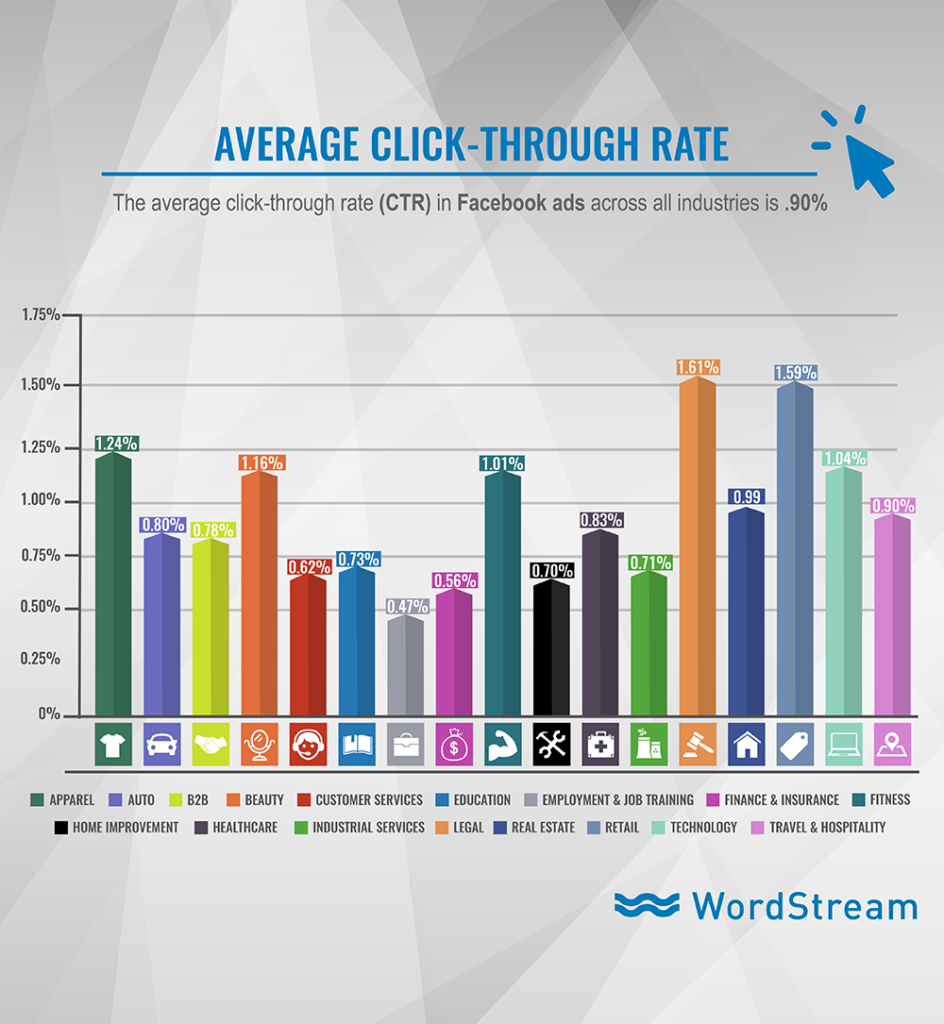

To multivariate test creatives on Facebook, you can use advertising automation technology like Strike Social or Nanigans, or DIY with Facebook’s Dynamic Creative.
Either way the idea is to test multiple image, video, and copy combinations.
The big idea?
You can reduce CPA by continuously learning about your customers and consistently giving them what they want.
With Dynamic Creative, you can test up to 30 creative assets consisting of:
- 5 title/headline variations
- 10 images or 10 videos
- 5 text variations
- 5 descriptions
- 5 CTA button variations
According to the experts, Dynamic Creative is best used with custom audiences who have already interacted with your brand on Facebook.
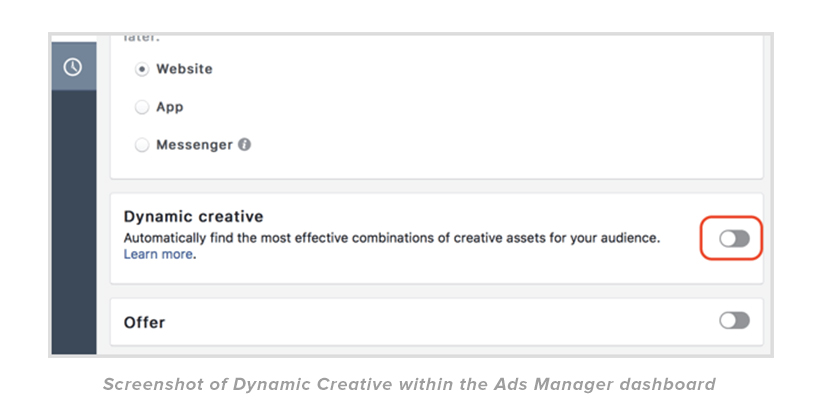

You should be targeting the middle and bottom of your sales funnel with CTA’s like “Shop Now” as you optimize your ads.
Dynamic Creative works at the “Ad Set” level with any of these objectives selected:
- Conversions
- Traffic
- App Installs
Remember that even winning ads get old to an audience, and keep new tests running so you can swap them out with fresh creative regularly.
Create Lifetime Value Lookalike Audiences
While with Adwords you can use data to find adjacent audiences and expand your pool of leads that way, on Facebook you’ll use Lookalike Audiences.
One of the best and often underused lookalike audiences you can create is a Lifetime Value audience.
This audience allows you to clone your most valuable customers in a sense.
It’s a way to reach cold leads, using all the information and expertise you’ve gained from Dynamic Creative…
and give them what they likely already want.
At scale.
Facebook puts AI advertising automation genius at your fingertips.
To create this type of audience, you’ll upload a customer file with the email addresses of your best customers to use as the source audience.
Here’s the basic process for creating a customized audience with a customer file…
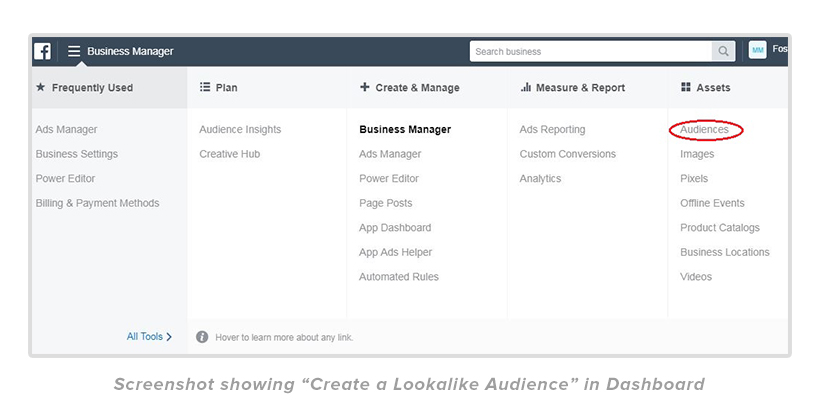

First, you’ll want to format the data to maximize the match rate:
- Include as many identifier fields as possible (up to 15). This gives Facebook more data to match against.
- Include a field for Lifetime Value (LTV).
- Even if all your customers are from the same country, include the country field on your spreadsheet.
- Save the file in .CSV or .TXT format.
Then, in the main menu of Ads Manager under “Assets,” select “Audiences.”
Click “Select Audience” and then choose “Custom Audience” from the drop down.
Now click on “Customer File” from the list.
Tell Facebook how you want to import your data – manually upload, copy and paste, or import from MailChimp.
From here, there are 4 steps to creating a customer-file custom audience:
- Upload your list.
Select all the relevant identifiers which correspond to the columns on your spreadsheet.
Click “Upload and Create.”
At this point, your new custom audience will appear in your Audiences dashboard.
- Click on “Create a Lookalike Audience.”
- Choose the target country for your lookalike audience.
- Select the size of your audience. Start small, at 1%, as this will create the closest match. You can repeat the process and continue increasing the size each time to scale up.
For a LTV audience, follow that basic process.
Then, when asked to choose how you want to import your file, select the “Customer file with LTV” option.
There will be an extra step to identify the value column in your file as the LTV field.
And that’s it.
From there you can begin to expand and reach a more targeted audience using the power of AI.


Here’s the new reality:
The buyer’s journey really isn’t a linear one – from awareness, to interest, to desire, to action in an orderly fashion.
Your customers are potentially hopping across devices and across platforms at every stage, with reviews and user-generated content thrown into the mix.
You have less control.
But more data.
More access to marketing intelligence – big data that can be sifted and filtered at speed and used to find and communicate with the right people.
It’s up to you to make the most of it.
The goal?
Harness the power of big data and AI to know your customers at the most granular level and deliver what they want across all platforms.
Once You Get This Right, Then What?
The experience that Patrick McKenna has had growing Strike Social from his kitchen table in a rental apartment to number 17 on Forbes’ Fastest proves one thing for sure.
When you get this process right, it can pay off enormously.
Remember the 80% reduction in CPA?
As you can imagine, those kinds of results can bring major sales growth.
Growth is good.
But fast growth and the cash flow challenges it brings are one of the silent killers of profitable businesses.
Running out of inventory.
Running out of the cash to deliver sold inventory.
All bad.
At Strike Social, the results they’ve had for clients using AI advertising technology have been so great, they’ve even started to address this possible pitfall by offering to partner with clients to finance increased inventory purchasing.
The lesson here?
Be prepared for growth ahead of time.
Plan for cash flow needs in advance with financing if needed, so that you can fully benefit from the vast world of marketing intelligence we now have at our fingertips.





